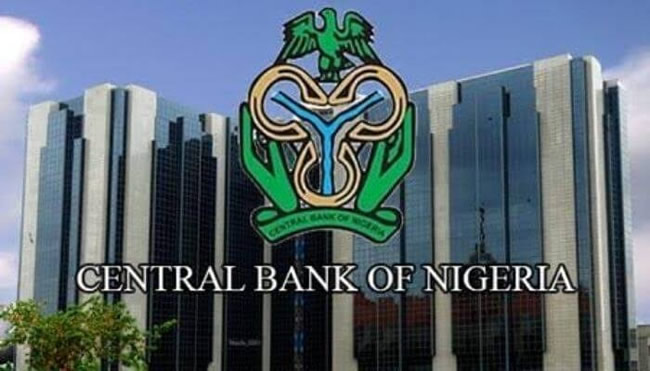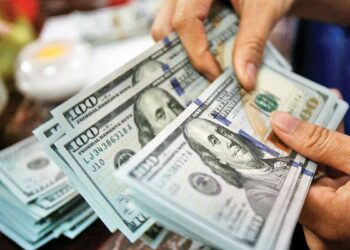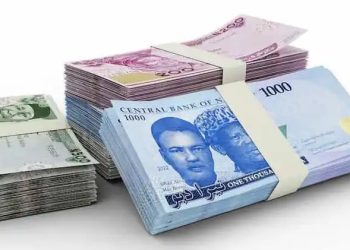Nigeria saw a significant rise in capital outflows in April 2024, with total outflows reaching $1 billion, marking a 35.14% increase from the $740 million recorded in March. This surge was primarily fueled by capital reversals, which accounted for a substantial 78% of the total outflow, equivalent to $780 million.
The spike in capital reversals is particularly noteworthy, as it surpassed the total foreign capital outflow recorded in May 2024, highlighting the growing trend of foreign investors pulling their investments out of Nigeria. These capital reversals, where foreign investors repatriate their investments in response to economic instability or more attractive opportunities elsewhere, have been a major driver of the country’s capital outflows this year.
In addition to capital reversals, loan repayments also contributed significantly to the outflows. According to the Central Bank of Nigeria’s (CBN) April 2024 Monthly Economic Report, loan repayments increased from $120 million in March to $160 million in April. Meanwhile, dividend repatriation saw a decline, dropping to $40 million from $90 million in the previous month.
The report detailed the breakdown of these outflows, stating, “Capital outflow increased due to capital reversals and higher loan repayments. Capital outflow rose to $1.00 billion, from $0.74 billion in the preceding month. A breakdown showed that capital reversals increased to $0.78 billion, from $0.53 billion. Repayment of loans rose to $0.16 billion, from $0.12 billion. Dividend repatriation, however, decreased to $0.04 billion, from $0.09 billion.”
Throughout 2024, Nigeria’s capital outflows have fluctuated significantly, peaking at $1.31 billion in February before dropping to $740 million in March and rising again to $1 billion in April. The most significant component of these outflows has consistently been capital reversals, particularly pronounced in February when overall outflows were at their highest.
Understanding Capital Reversals
Capital reversals occur when foreign investors withdraw or repatriate their investments from a country, often due to economic uncertainty, unfavorable policy changes, or more attractive investment opportunities elsewhere. This process involves selling off financial assets such as stocks and bonds and converting the local currency (naira) into foreign currency (such as the U.S. dollar) before repatriating the funds.
When capital reversals occur on a large scale, they increase the demand for foreign currency, putting downward pressure on the local currency, in this case, the naira. This can lead to a depreciation of the naira, making imports more expensive and potentially driving up inflation, further exacerbating the economic challenges the country faces.
Foreign Exchange Reserves and Market Dynamics
The significant capital outflows in April 2024 occurred alongside a notable decline in Nigeria’s foreign exchange reserves, which dropped by $2.16 billion within 29 days. This decline reflects the Central Bank of Nigeria’s (CBN) efforts to stabilize the naira amidst ongoing economic pressures. On April 15, 2024, the reserves plummeted to their lowest level in six years.
According to the FMDQ Markets Monthly Report for April 2024, the spot foreign exchange (FX) market turnover was $9.12 billion (N11.14 trillion), representing a month-on-month decrease of 27.68% from the $12.61 billion recorded in March. Despite this reduction in market turnover, the naira appreciated significantly against the U.S. dollar, with the average spot exchange rate strengthening to N1,244.66/$1 in April from N1,524.04/$1 in March.
However, exchange rate volatility increased slightly in April, with the naira trading within a broader range of N1,072.74/$1 to N1,419.11/$1 compared to the range of N1,300.43/$1 to N1,627.40/$1 in March.
The ongoing capital outflows, particularly driven by capital reversals, continue to challenge Nigeria’s economic stability, highlighting the need for effective policy measures to retain foreign investments and stabilize the currency.











